Archaeology
The St. Eustatius Center for Archaeological Research (SECAR) is an organization which studies the rich and diverse archaeological heritage of St. Eustatius.
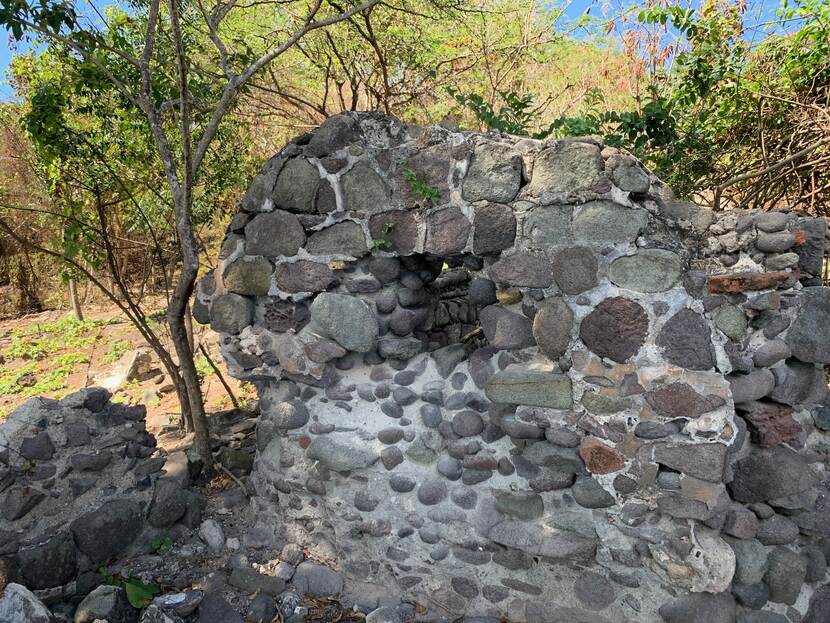
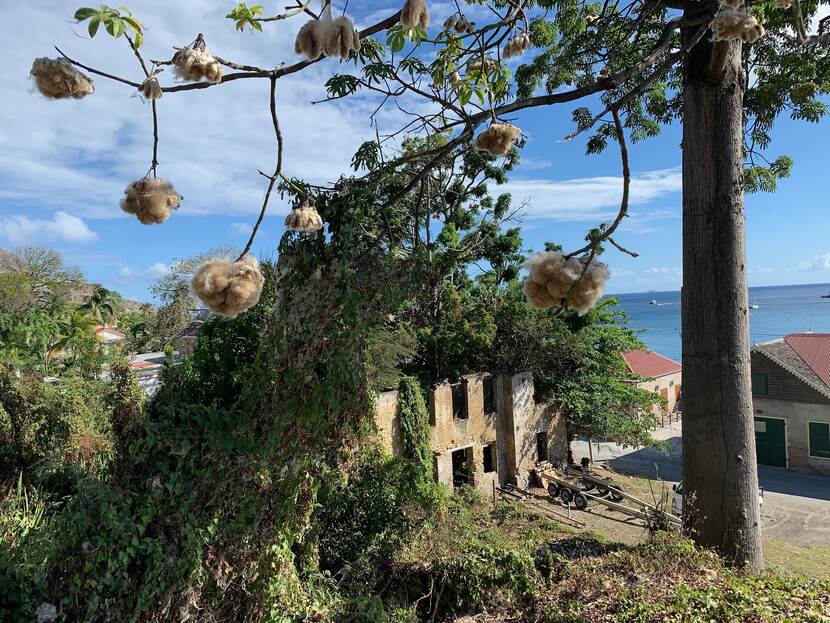
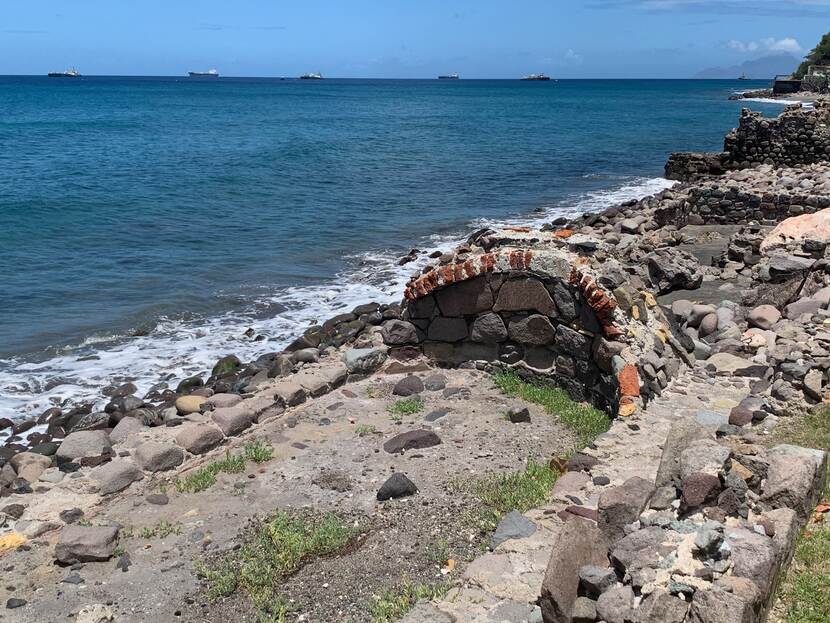
This heritage includes the oldest Indian settlement from around 1300 B.C to a short-lived colonization by the French in 1629. Not to mention the heyday of St. Eustatius when commerce was at its peak during the 1700’s. St. Eustatius was the largest trading center in the Caribbean at this time.
It was a ‘free port’ for many years, meaning that duties and taxes were not levied by the Dutch. This proved attractive to traders from around the world. It also attracted a rather less scrupulous group, privateers and smugglers of illegal goods.
Legitimate warehouses and shops stretched out for more than two kilometers in Lower Town Oranjestad. The remains of these structures are clearly visible today but recede into the sea a little more each year due to the frequent hurricanes and tropical storms which pound the island. Stone and brick walls complete with old brick ovens peer out of the ground at unexpected locations. In St. Eustatius inhabitants and visitors alike walk amongst the ruins on a daily basis.
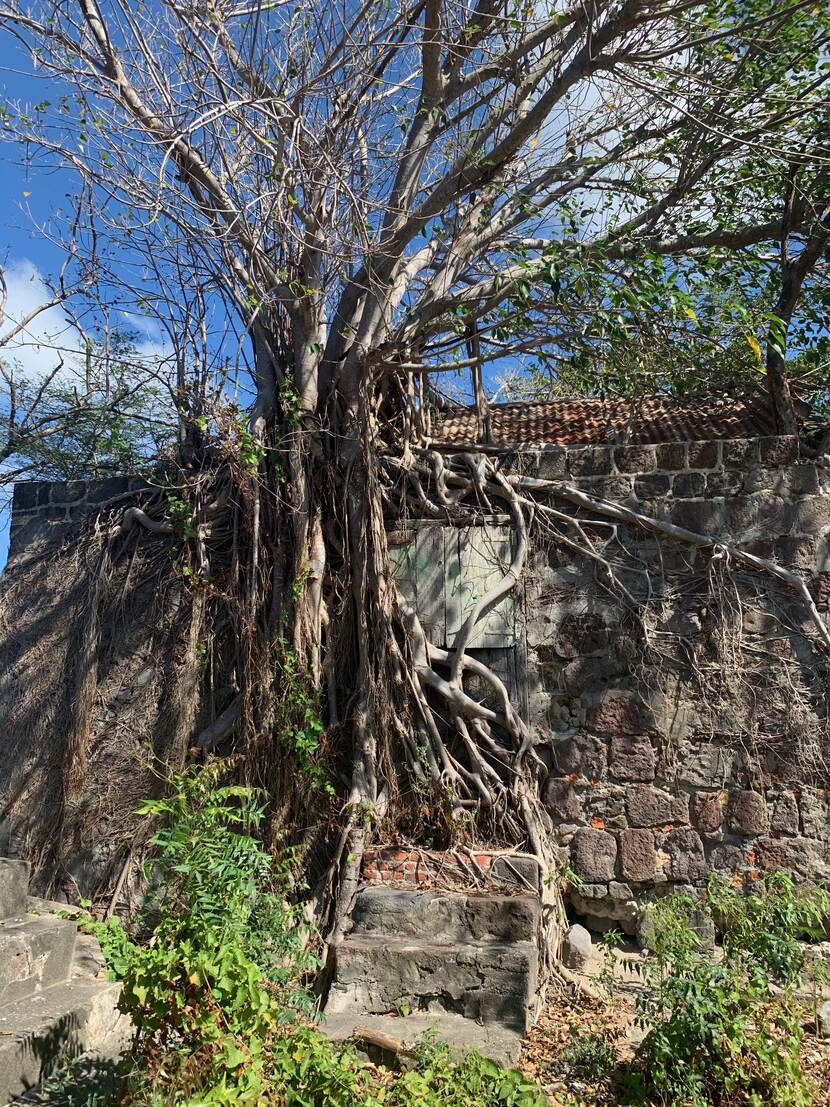
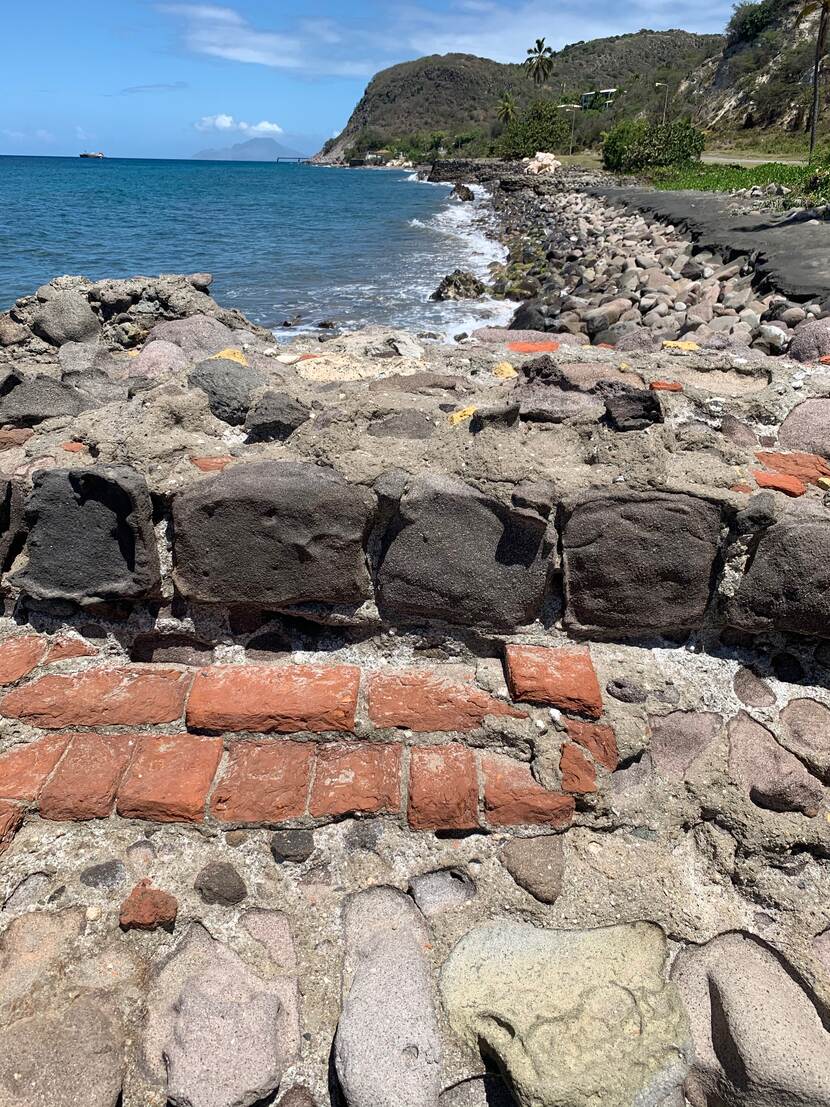
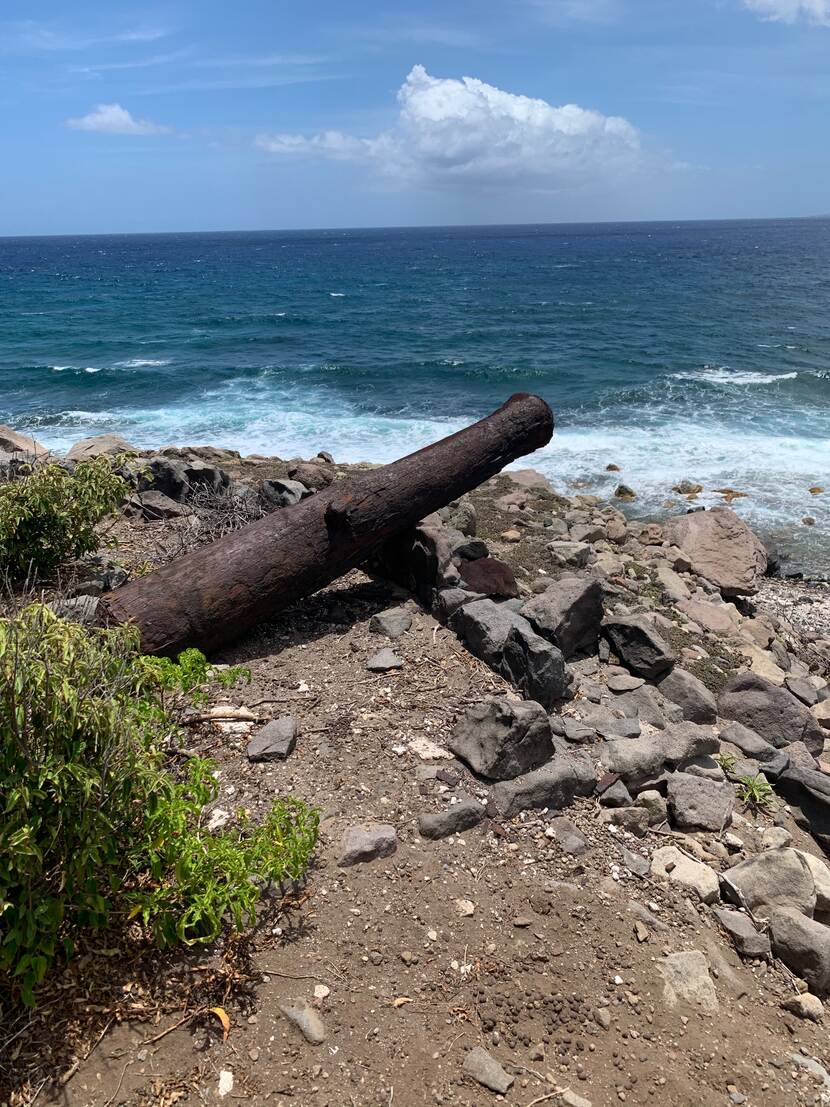
SECAR is endeavoring to investigate, catalogue, and document the unique archaeology of this island. Over the past two decades, SECAR has conducted archaeological research all around the island, and is still active on a select number of sites.
In order to make their findings available to a much larger audience, continuing work on an extensive database of artifacts and multiple field schools have been established to educate and train future archaeologists. Volunteer opportunities are also available and are organized by SECAR. Individual, student and volunteer programs allow everyone with an interest in the subject to participate.
When you are walking along the beach, on a hiking trail or just along a road, look down from time to time. You will surely find a piece of painted pottery, old musket ball or the end of a clay pipe….all begging to tell their own story! But please leave them in place so that SECAR and Statians can continue to understand the rich and colorful history of Statia!
New Archaeological Excavation to begin on Statia
A part of the former Golden Rock Plantation (on the grounds of the airport) is currently being excavated due to the expectation of finding a pre-historic settlement next to the former enslaved persons quarters of the Golden Rock Plantation.
This excavation is being called GR2021 for short. Initial removal of topsoil is going on and has already uncovered some interesting features. SECAR is keen to educate Statians on what archaeology is and why it is so important for our island.


Video: SECAR explains archaeology and why it is important for Statia
Archaeology in pictures
Documents
-
Artefacts reveal what Amerindians ate
The artefacts that were excavated on the grounds of the airport reveal that the local Amerindians enjoyed seafood in their diet.
-
New Archaeological Excavation to begin on Statia
A new archaeological excavation will begin on St. Eustatius on April 21st, 2021. The research area is located on the Franklin D. ...

